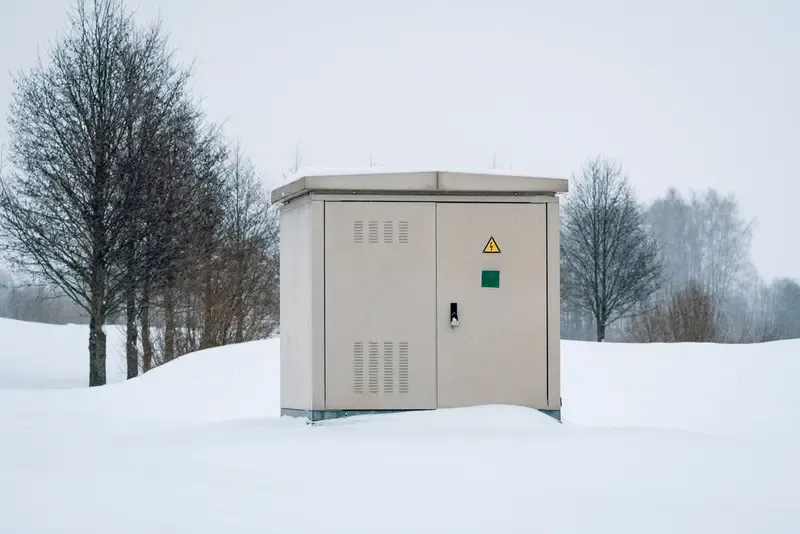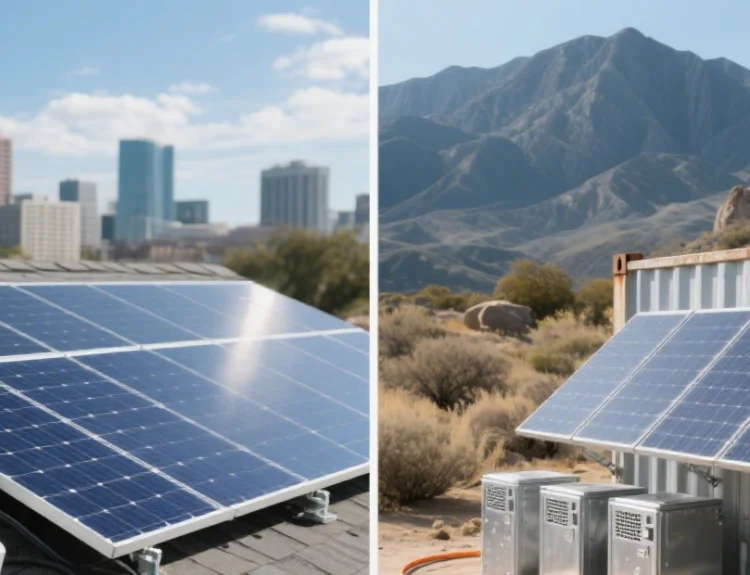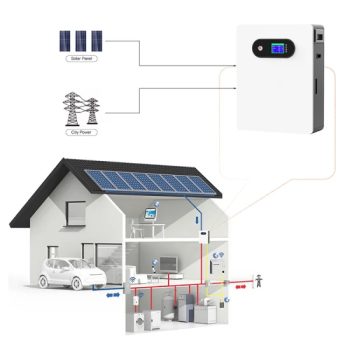An outdoor equipment cabinet—or by another name, an energy storage cabinet or outdoor battery cabinet—is an essential component employed to protect valuable electrical and energy hardware. Outdoor cabinets are specifically engineered to shield batteries, power converters, and controllers from dust, rain, heat, and corrosion.
But why are they becoming so popular everywhere from solar farms and communication towers to smart cities? Let’s examine why they are so beneficial and how they improve outdoor infrastructure.
What Is an Outdoor Equipment Cabinet?
An outdoor equipment cabinet is a weather-resistant, heavy-duty enclosure that is employed to enclose batteries, inverters, and control systems outdoors in a safe manner.
They typically have:
- Steel or aluminum construction with corrosion-resistant coating
- IP-rated (e.g., IP55) or NEMA-rated sealing from water and dust
- Built-in ventilation or active cooling
- Smart monitoring and modular design options
For example, recent solar and telco installations make use of outdoor energy storage cabinets to maximize system availability and protect power assets, especially during harsh weather conditions.
Key Benefits of Outdoor Equipment Cabinets
- Increased Protection and Safety
The most evident advantage is protection of the environment. Outdoor enclosures are watertight against water jets, dust, and insects. Most models comply with IP55 or NEMA 4, which makes them appropriate for coastal or desert environments.
They also maintain energy systems from inside spaces, reducing electrical and fire risks. National Fire Protection Association (NFPA) reports outdoor enclosures as an effective way to isolate possible battery incidents according to NFPA 855 energy storage standards.
- Thermal Management for Reliable Performance
Battery performance is strongly temperature-dependent. Battery cabinets employed in outdoor applications typically incorporate active cooling in the form of air conditioning units or fans to keep the internal temperatures in the optimal range of 20–30°C.
According to the U.S. Department of Energy (DOE), steady temperatures can extend the lifetime of lithium batteries by up to 40%.
This is especially important in regions like the Middle East or India, where it is not uncommon for outdoor temperatures to rise well over 45°C.
- Space Optimization and Modularity
Instead of taking up valuable indoor space, outdoor cabinets allow you to locate power systems close to solar arrays, EV charging stations, or telecom towers.
Their modular architecture facilitates simple capacity additions—just add an additional cabinet as energy demand grows. Such flexibility supports both small commercial uses and massive utility applications.
- Lower Maintenance and Longer System Life
Outdoor equipment cabinets are also built for durability and accessibility. Hinged doors, replaceable filters, and panels allow quick and safe maintenance.
In addition, top-quality coatings and materials resistant to corrosion ensure these cabinets last 10–15 years even in harsh environments—demonstrating their worth as a long-term infrastructure investment.
Selecting the Proper Outdoor Cabinet
When shopping for an energy storage cabinet or outdoor battery cabinet, follow this checklist:
| Factor | Why It Matters |
| IP/NEMA Rating | Ensures weatherproof protection |
| Thermal Management | Averts overheating, extends battery life |
| Material Quality | UV and corrosion resistance |
| Modularity | Simple capacity upgrade |
| Security Features | Theft and vandalism protection |
| Compliance | Meets UL 9540 and NFPA 855 standards |
“Isn’t an outdoor cabinet too expensive compared to a simple battery rack?”
Not necessarily—because although initial cost is higher, the reduction in damage, downtime, and indoor cooling cost typically makes it more economical in the long run.
Applications Across Industries
- Telecom base stations: Protects batteries and electronics to transmit signals continuously.
- Renewable energy sites: Keeps solar and wind power storage constant in outdoor conditions.
- Commercial & industrial buildings:Provides reliable backup power in the event of a grid failure.
- EV charging infrastructure: Supports control units and batteries near charging stations safely.
An outdoor equipment cabinet is far more than a metal box—it’s an engineered system that combines protection, performance, and flexibility.
Whether used as a renewable system energy storage cabinet or an outdoor battery cabinet for telecommunication and EV applications, these enclosures enable mission-critical power hardware to operate in safety and efficiency—regardless of the environment.



